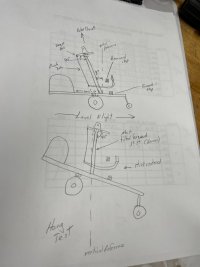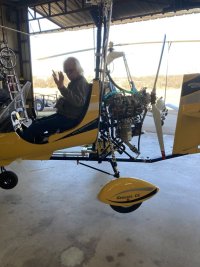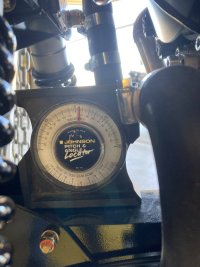oldandnewbie
Newbie
I plan to hang test my gyroplane.
Hanging from the teeter bolt seems straight forward.
I do not have a second support point on the mast so need to balance on main wheels. The video (which is very informative) at
shows the wheel balancing.
Where should the control stick be positioned since this rotates the rotor's center of gravity forward/backward? I measured approximately 22 degrees, max rotation, on my gyroplane. Or is this insignificant?
Thank you.
Hanging from the teeter bolt seems straight forward.
I do not have a second support point on the mast so need to balance on main wheels. The video (which is very informative) at
shows the wheel balancing.
Where should the control stick be positioned since this rotates the rotor's center of gravity forward/backward? I measured approximately 22 degrees, max rotation, on my gyroplane. Or is this insignificant?
Thank you.




